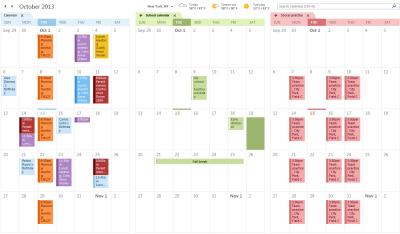
In order to import and export Wi-Fi profiles on a Windows Vista, Windows 7 or Windows 8 PC, we must make use of the Net Shell (Netsh), so we must run from an admin command line the command «netsh».
Once we´re inside the net Shell, run the following commands:
-To get the Wireless networks saved on our PC:
wlan show profiles
-To export the saved wireless networks:
wlan export profile
-To export one single wireless network saved on our pc:
netsh wlan export profile name=”network name” folder=”destination folder”
-To import one single wireless network:
netsh wlan add profile filename=”network name.xml”
The wireless networks that are exported, are in XML format, so if what we want is to add another network to the system as a deployment, we can get one of the exported files as a pattern to follow and modify the desired values.
Hope you find this info useful.
Me gusta:
Me gusta Cargando...
When we migrate our machine to another one, or re-format to install a new fresh Windows, we get all type of info like docs, favs, pst´s, ost´s. dekstop, etc… But there´s something really useful for the IT Pros and that´s the VPN Profiles.
This post can make us save time when we got more than one VPN to configure on our PC, and best of all it´s a really easy process, so we can include it as a must have on every migration process.
In order to import or export these profiles on Windows 7 and Windows 8 based pcs, we must nav to the following path:
%userprofile%\AppData\Roaming\Microsoft\Network\Connections\Pbk
and copy the file named “rasphone.pbk”, this file contains all the VPN and RAS (if we still use them) profiles that we have created under our session.
In order to import these profiles back on to the new system, simply nav to the same path and replace the previous copied file and restart the system. Once this is done we must have all the connections back that we used to have on the previous system.
Simple and easy, but useful


Me gusta:
Me gusta Cargando...







